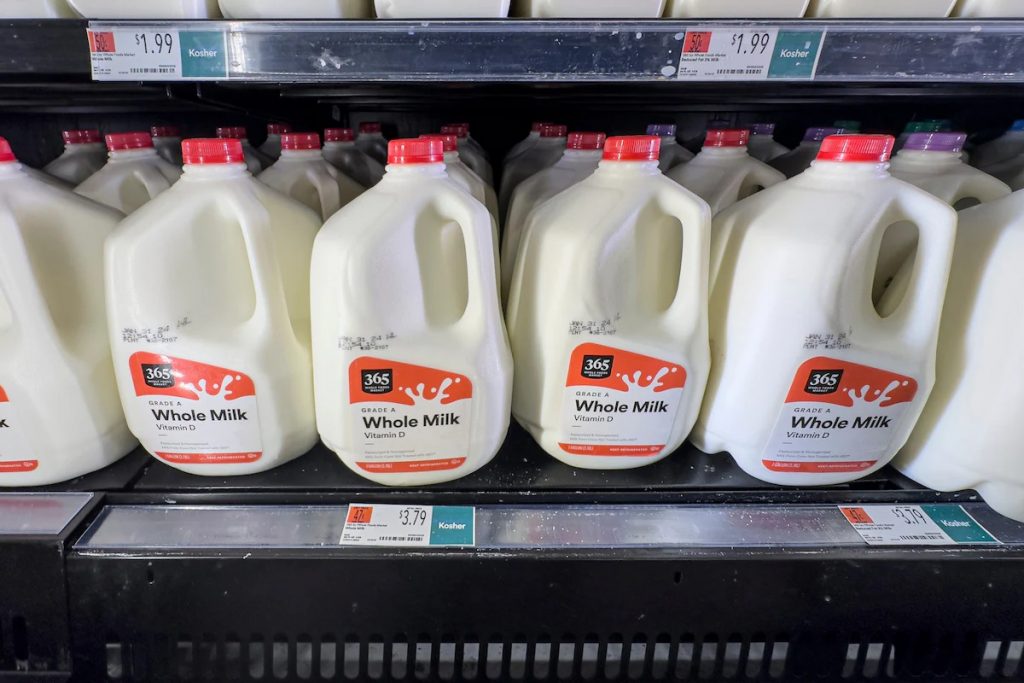
A White House Proposal Aims to Reverse Decades of Federal Policy, Endorsing Whole Milk for Children and Aligning Government Guidelines with New Scientific Consensus.
In a major policy shift, the Trump administration is preparing to endorse whole milk as a healthier option for Americans, a reversal of a half-century-old federal stance. Health and Human Services Secretary Robert F. Kennedy Jr. has been a vocal proponent of full-fat dairy, advocating for its inclusion in school lunch programs and the WIC food assistance program. This move is part of the administration’s broader “Make Our Children Healthy Again Strategy,” which challenges established nutritional thinking by promoting less-processed foods.
Unlike some of Kennedy’s more controversial positions, his push for whole milk has found widespread support. The new stance unites his political base, the powerful agribusiness dairy lobby, and many nutritionists who argue that past government guidance on fat was based on flawed science. The article quotes Dariush Mozaffarian of Tufts University, who states that dairy fat was “given a wrongful conviction in 1980” and that the time has come to overturn it based on new evidence.
For decades, federal dietary guidelines—first published in 1980—promoted low-fat dairy to combat rising rates of obesity and heart disease. However, growing research has questioned this doctrine, as randomized controlled trials have failed to prove that low-fat milk is definitively healthier than its whole-fat counterpart. A recent international study in the American Journal of Clinical Nutrition concluded that the body of evidence does not support a differentiation between regular-fat and low-fat dairy in dietary guidelines.
The dairy industry is strongly advocating for these policy changes, which could significantly boost sales of whole milk after years of decline. Both the International Dairy Foods Association and the National Milk Producers Federation believe that federal policy should catch up with both scientific research and consumer trends, which have seen a slow but steady increase in whole milk purchases. The industry hopes to see a return of whole and 2% milk to school lunch programs and the WIC program.
This policy shift, while celebrated by the dairy economics sector and many experts, still faces some opposition. The article notes that some, like Erin Ogden of the Center for Science in the Public Interest, remain cautious, arguing that more evidence is needed to reverse decades of guidance on saturated fat. However, the proposed changes signal a new era for the international dairy community, one in which health policy and market demand for full-fat products are becoming increasingly aligned.
Source: The Washington Post, “On this food issue, RFK Jr., the industry and nutritionists agree”
You can now read the most important #news on #eDairyNews #Whatsapp channels!!!
🇺🇸 eDairy News INGLÊS: https://whatsapp.com/channel/0029VaKsjzGDTkJyIN6hcP1K






















